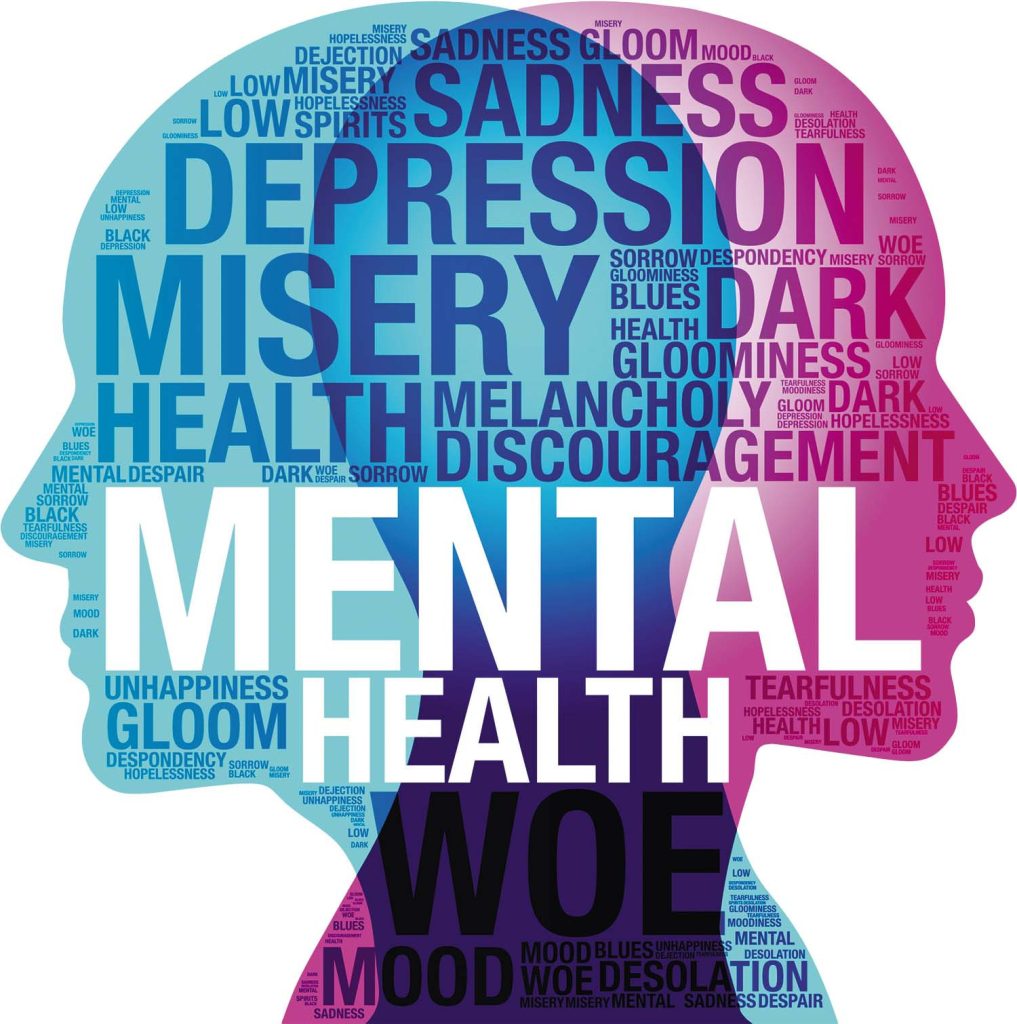Cyberbullying’s Invisible Wounds: Exploring the Mental Health Impact of Online Harassment

Cyberbullying – Online Harassment
Cyberbullying & Online Harassment, a pervasive issue in today’s digital age, involves the use of electronic devices to bully or harass individuals. Unlike traditional forms of bullying, cyberbullying can occur anytime, anywhere, and often leaves no visible scars. However, its impact on the mental health of young people can be profound and long-lasting.
Understanding Cyberbullying
Cyberbullying manifests in various forms online, including:
- Sending hurtful or threatening messages via text, email, or social media
- Posting embarrassing or private information about someone without their consent
- Creating fake profiles or websites to impersonate and harass others
- Spreading rumors or gossip online to damage someone’s reputation
Prevalence and Impact
Research indicates that cyberbullying is alarmingly prevalent among youth:
- A 2021 study found that 42% of teens in the US have experienced cyberbullying.
- Girls and LGBTQ+ youth are at an increased risk of being targeted.

Mental Health Consequences
Cyberbullying can have severe mental health consequences for victims, including:
- Anxiety: Victims may experience persistent worry, fear, and difficulty concentrating.
- Depression: Cyberbullying can lead to feelings of sadness, hopelessness, and loss of interest in activities.
- Low self-esteem: Victims often internalize negative messages from bullies, leading to diminished self-worth.
- Suicidal thoughts and behaviors: In severe cases, cyberbullying can increase the risk of suicidal thoughts and behaviors.
The Invisible Wounds
Unlike physical bullying, cyberbullying often leaves no visible injuries. This can make it difficult for victims to seek help or for others to recognize the extent of their distress. The psychological wounds inflicted by cyberbullying can be just as damaging as physical ones, yet they often remain hidden.
Supporting Affected Youth
Parents and teachers play a crucial role in supporting youth who have been affected by cyberbullying:
- Open Communication: Encourage open and honest conversations about online experiences. Let children know that you are there for them and that they can talk to you about anything.
- Active Listening: When children confide in you about cyberbullying, listen attentively without judgment. Validate their feelings and let them know that you understand what they are going through.
- Seeking Professional Help: If a child is struggling to cope with the emotional impact of cyberbullying, consider seeking professional help from a therapist or counselor.
- School and Community Support: Work with schools and community organizations to implement anti-bullying policies and provide support services for victims.
Proactive Measures
Preventing cyberbullying and mitigating its impact requires a proactive approach:
- Educate Youth: Teach children about cyberbullying, its consequences, and how to report it.
- Monitor Online Activity: Monitor children’s online activity to identify potential risks and provide guidance when needed.
- Foster Digital Literacy: Help children develop critical thinking skills and digital literacy to navigate online spaces safely and responsibly.
- Create a Supportive Environment: Create a home and school environment where children feel safe, respected, and encouraged to seek help if they need it.
Conclusion
Cyberbullying is a serious issue with profound mental health consequences for young people. By understanding its prevalence, impact, and warning signs, parents and teachers can play a vital role in supporting affected youth. Open communication, active listening, and proactive measures are essential to create a safe and supportive environment where children can thrive both online and offline. Remember, every child deserves to feel safe, respected, and valued in both the physical and digital worlds.
Safeschoolprogram.com can help with online harassment in several ways:
- Education and Awareness: The website provides comprehensive information about online harassment, including its definition, different forms, and the impact it can have on individuals. This information can help parents, educators, and students understand the issue and recognize the warning signs.
- Reporting and Support: Safeschoolprogram.com offers a secure and anonymous reporting system for students to report incidents of online harassment. The website also provides support and guidance on how to handle and respond to online harassment.
- Resources and Training: The website provides a range of resources and training materials for parents, educators, and students on how to prevent and respond to online harassment. These resources include lesson plans, videos, and tip sheets.
- Collaboration and Partnerships: Safeschoolprogram.com collaborates with schools, law enforcement, and other organizations to provide a comprehensive approach to preventing and addressing online harassment. This collaboration helps ensure that students have access to the support and resources they need.
Overall, safeschoolprogram.com can help with online harassment by providing education, awareness, reporting mechanisms, support, resources, and collaboration to create a safer online environment for students.

